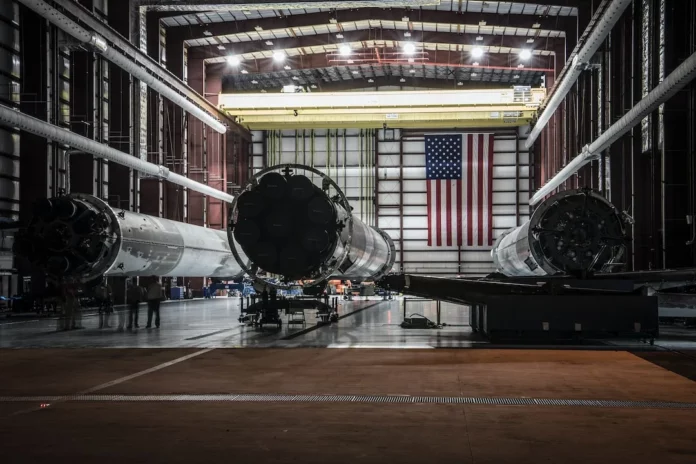In aviation, the outer mold line (OML) refers to the external shape or contour of an aircraft. It is essentially the boundary that separates the aircraft from its surrounding environment. The OML is a critical element in the design and construction of aircraft, as it directly impacts the aerodynamic performance and structural integrity of the vehicle. This article will delve deeper into the concept of outer mold line and its significance in aviation.
Contents
Importance of Outer Mold Line in Aircraft Design
The outer mold line plays a crucial role in determining the aerodynamic characteristics of an aircraft. It affects how the air flows around the aircraft, which in turn impacts its lift, drag, stability, and maneuverability. By carefully shaping the outer contour, engineers can optimize these factors to enhance the overall performance and efficiency of the aircraft.
When designing an aircraft, engineers consider various factors such as cruise speed, range, payload, and fuel efficiency. The outer mold line is meticulously designed to achieve the desired performance objectives. For example, a commercial airliner typically has a smooth, streamlined OML to minimize drag and maximize fuel efficiency. On the other hand, a fighter jet’s OML is designed to prioritize agility and maneuverability, often featuring complex curves and sharp edges to enhance its aerodynamic capabilities in combat scenarios.
The OML also influences the structural integrity of the aircraft. The external shape must be carefully designed to withstand the various forces and loads that the aircraft will encounter during its operational life. Failure to consider these factors can lead to structural weaknesses, compromised safety, and decreased overall performance.
Designing the Outer Mold Line
Designing the outer mold line of an aircraft is a complex process that involves a combination of engineering expertise, computational simulations, and wind tunnel testing. Engineers utilize specialized software and computational fluid dynamics (CFD) simulations to analyze the aerodynamic performance of different OML configurations.
During the design process, engineers strive to balance various parameters, including the desired performance objectives, structural considerations, ease of manufacturing, and maintenance requirements. They must also take into account regulatory standards and certifications that govern the design and operation of aircraft.
Multiple iterations and refinements are typically required to arrive at an optimized OML design. Engineers often use parametric modeling techniques, adjusting various design variables, such as wing sweep, fuselage shape, and tail configuration, to achieve the desired aerodynamic and structural characteristics.
Outer Mold Line and Aircraft Manufacturing
Once the outer mold line design is finalized, it serves as a blueprint for the production of the aircraft’s components. Manufacturers use the OML design to create molds, jigs, and tooling required for the fabrication and assembly processes.
Advanced manufacturing techniques, such as computer numerical control (CNC) machining, are employed to ensure precision and accuracy in translating the OML design into physical components. The outer mold line serves as a reference for manufacturing operations, guiding the construction of various aircraft sections, including the fuselage, wings, and control surfaces.
Throughout the manufacturing process, strict quality control measures are implemented to verify that the actual produced components adhere to the OML specifications. Any deviations or discrepancies from the design may result in aerodynamic inefficiencies or structural weaknesses that can compromise the aircraft’s performance and safety.
Conclusion
The outer mold line (OML) is a fundamental aspect of aircraft design in aviation. It influences the aerodynamic performance and structural integrity of an aircraft, and its careful design is essential for achieving efficient and safe flight. Engineers utilize advanced technology, computational simulations, and manufacturing techniques to design and produce the outer mold line, ensuring that it meets the desired objectives while adhering to regulatory standards and certifications.
By fully understanding the importance of the outer mold line and its impact on aircraft performance, engineers can develop innovative designs that push the boundaries of aviation capabilities. Whether it is a commercial airliner, a military fighter jet, or a futuristic unmanned aerial vehicle, the outer mold line remains a critical component in shaping the future of aviation.




